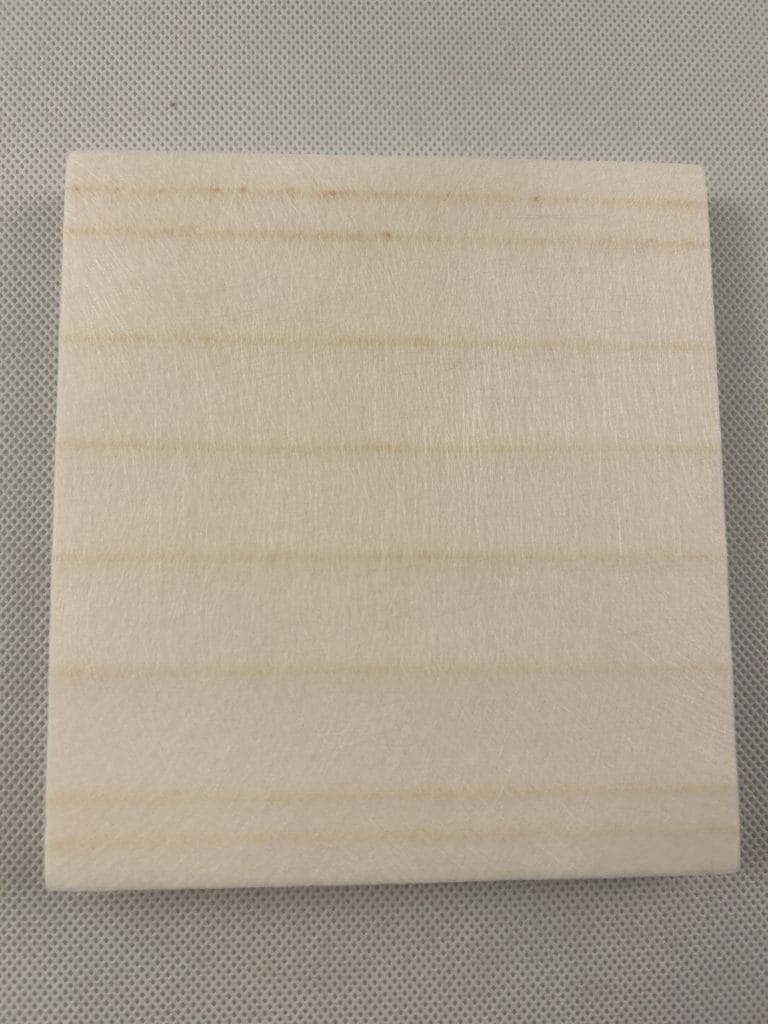Understanding Separators: Their Role and Importance in Various Industries
Of all the small, uncelebrated inventions that thread the fabric of our modern world, the humble separator stands as a quiet titan. It is the unseen architect of order, the silent grammar of our systems, the fundamental unit that prevents chaos from descending upon our data, our language, and our lives. To write a sentence without a comma is to invite confusion; to process data without a delimiter is to create digital soup. The separator, in its myriad forms, is the essential pause that gives meaning to the flow.
Consider first the realm of the written word. The space between words, a convention now so ingrained we forget it was once an innovation, is the most basic separator. It liberated text from the relentless march of scriptio continua, allowing the eye to parse and the mind to comprehend with ease. Then come the punctuation marks—the comma, the period, the semicolon. A comma is not merely an inkblot; it is a conductor’s baton, orchestrating the rhythm, pace, and clarity of a thought. It separates items in a list, clauses in a sentence, and introductory ideas from the main action. Its absence can be comical (“Let’s eat, Grandma!” versus the cannibalistic “Let’s eat Grandma!”) or catastrophic, as in poorly written legal or technical documents. These textual separators are the invisible scaffolding upon which we build complex ideas and nuanced narratives.
Venture into the digital world, and the separator becomes even more powerful, evolving from a guide for human readers to a fundamental command for machines. In the vast, intricate dance of data, separators are the choreographers. The humble tab, the comma in a CSV file, the pipe character (|)—these are the unsung heroes of interoperability. They tell a database where one field ends and another begins, allowing names, dates, and numbers to be cleanly imported, exported, and analyzed. Without these precise, unambiguous delimiters, our sprawling digital infrastructure—from financial transactions to scientific research—would grind to a halt. A single missing or misplaced separator can corrupt an entire dataset, a silent bug with potentially loud consequences.
Yet the concept of separation extends far beyond syntax and code. It is a fundamental cognitive tool. We use categories and folders to separate our files, creating mental models of order on our cluttered desktops. We create boundaries to separate work life from home life, a crucial psychological separator for maintaining sanity in a connected age. Societies are built upon legal and ethical separations—the separation of powers in a government, the separation of church and state—that are designed to prevent the concentration of chaos and protect individual freedoms. In this light, a separator is not a wall but a defining edge that allows different entities to coexist without collapsing into a monolithic, unmanageable whole.
In the end, the separator is a testament to the power of negative space. It is the silence between musical notes that creates rhythm, the grout between tiles that gives the mosaic its form. We celebrate the words, the data points, the big ideas, but we should pause to honor the subtle forces that hold them apart and, in doing so, hold them together. It is in these small, deliberate gaps that clarity is born, complexity is managed, and true understanding is allowed to flourish. The separator is, ultimately, the quiet guardian of meaning itself.

